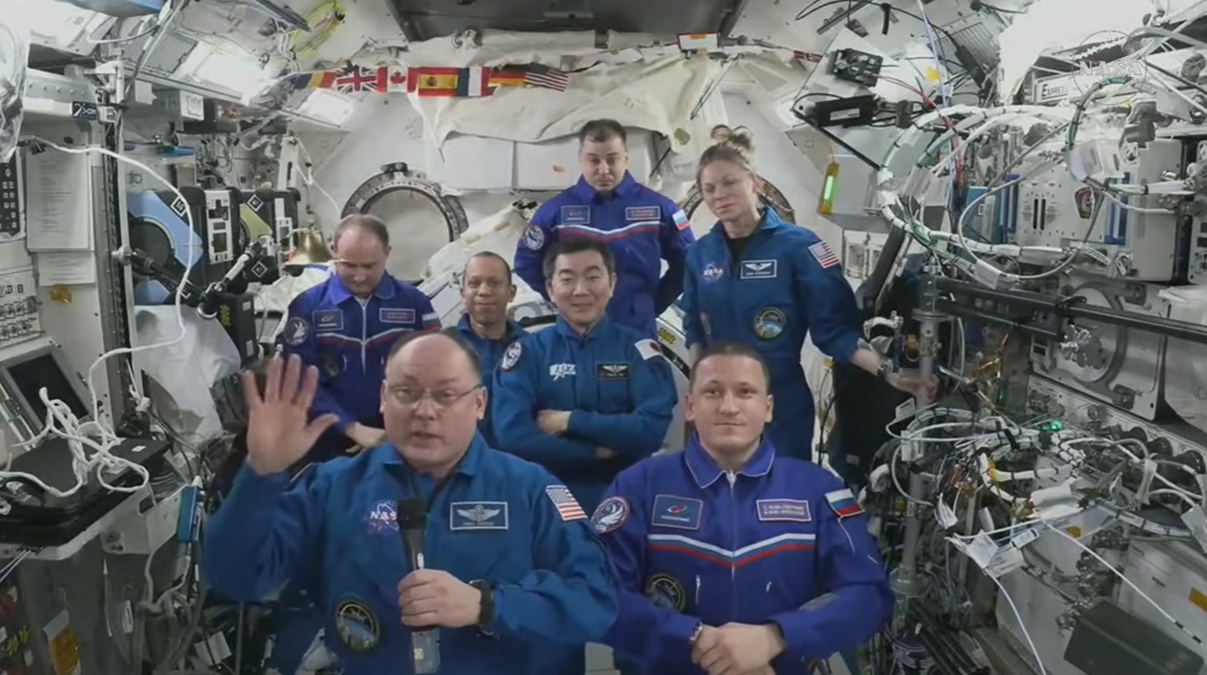House Version of NASA Bill Puts Brakes on Commercial Spaceship Plan
WASHINGTON? House lawmakers released a draftof NASA authorizing legislation Monday that would continue much of theworkbeing done under the agency?s Constellation program with a focus onfielding agovernment-owned system capable of ferrying crews to and from theInternationalSpace Station by the end of 2015.
Thebilltext,issued by the HouseScience and Technology Committee, backs U.S. President Barack Obama?sproposalto spend $100 billion on NASA over the next five years. But whereasObama?splan would allocate $5.9 billion over that time period to fosterdevelopment ofcommercially operated space taxis, the House bill provides just $250million,with an additional $500 million to come via a government-backed loanprogram.
Inaddition, the legislation would authorize$22.6 billion through 2015 to develop rockets and spacecraft thatleverageNASA?s roughly $10 billion investment in Constellation, a 5-year-oldeffort tobuild hardware optimized for lunar exploration that Obamaproposedabandoningin his 2011 budget request.
?Thisis a bipartisan bill that embraces manyof the president?s goals for our space program while also ensuring thatwe havean executable and fiscally responsible plan,? Rep. Bart Gordon(D-Tenn.),chairman of the House Science and Technology Committee, stated in ajoint newsrelease issued late Monday.
?Fortoo long, the tasks NASA has been askedto undertake haven?t been matched to available resources,? Gordon said,addingthat his panel intends to mark up the bill July 22. ?We are facingtougheconomic times that demand tough choices. We can?t do it all. This billmakesthose choices and provides the nation with a credible, sustainable, andworthyspace and aeronautics program.?
Althoughthe bill supports elements of Obama?splan, including a plan to continue flying the space station through atleast2020 and a spacetechnologyprogramdesigned to spur innovation, it rebuffs the White House proposal tocancelConstellation and rely on commercially owned and operated vehicles tosendastronaut crews to the orbiting outpost. It also contrasts with companionlegislationapproved by theSenate Commerce, Science and Transportation Committee July 15, toutedas acompromise by its authors, that provides $1.3 billion for commercialcrewinitiatives over the next three years.
Boththe House and Senate measures wouldrequire NASA to immediately begin work on a heavy-liftrocketthat leverages thespace shuttle solid-rocket motor technology that serves as thefoundation ofthe Ares rockets designed as part of the Constellation program. Obama?splan isto scrap the Ares rockets and have NASA spend the next five yearsstudyingheavy-lift options utilizing engines fueled by kerosene and liquidoxygen.
Breaking space news, the latest updates on rocket launches, skywatching events and more!
Obamadirected NASA to settle on a heavy-liftlauncher design by 2015. The Senate bill calls for a heavy-lift vehicleanddeep space capsule to be fully operational by the end of 2016; theHouse billwould give NASA six months from the date of enactment to select alaunchvehicle design and sets a goal of fielding the rocket by ?the end ofthecurrent decade.?
BrettonAlexander, president of theCommercial Spaceflight Federation here, said the House bill would dolittle tonarrow the gap between the space shuttle?s scheduled retirement nextyear and afollow-on capability, forcing NASA to rely on Russia to deliver U.S.astronautsto the space station until a U.S. domestic capability isre-established.
?Basedon the proposed levels of funding forRussian Soyuz flights versus commercial crew services, it would appearthat theHouse Science Committee has more faith in Russian technology developedin the1960s than in America?s own aerospace industry,? Alexander said in aJuly 19e-mail, asserting that the bill fails to fund the goals it sets for theagency.?At a time when private companies are willing to invest their own moneyto helpcreate jobs, the House Science Committee bill is a clear jobdestroyer.?
- NASA'sNew Direction:FAQ
- Poll:Will The NewNASA Authorization Bill Deliver?
- SenatePanel Approves NASA Plans to Send Astronauts to Asteroid, Mars
SpaceNews,dedicated tocovering all aspects of the space industry.
Amy Klamper is a space reporter and former staff writer for the space industry news publication SpaceNews. From 2004 to 2010, Amy covered U.S. space policy, NASA and space industry professionals for SpaceNews. Her stories included profiles on major players in the space industry, space policy work in the U.S. Senate and House of Representatives, as well as national policy set by the White House.
